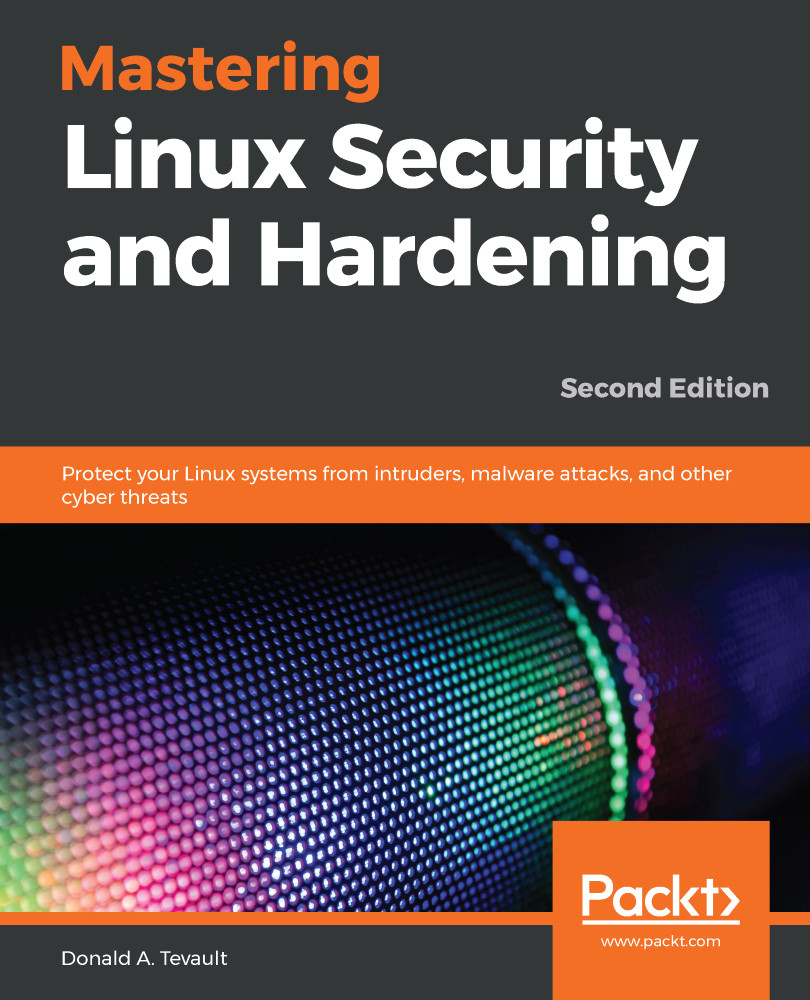So, you may be asking yourself: Why do I need to study Linux security? Isn't Linux already secure? After all, it's not Windows. But the fact is, there are many reasons.
It's true that Linux has certain advantages over Windows when it comes to security. These include the following:
- Unlike Windows, Linux was designed from the ground up as a multiuser operating system. So, user security tends to be a bit better on a Linux system.
- Linux offers a better separation between administrative users and unprivileged users. This makes it a bit harder for intruders, and it also makes it a bit harder for a user to accidentally infect a Linux machine with something nasty.
- Linux is much more resistant to viruses and malware infections than Windows is. Certain Linux distributions come with built-in mechanisms, such as SELinux in Red Hat and CentOS, and AppArmor in Ubuntu, that prevent intruders from taking control of a system.
- Linux is a free and open source software. This allows anyone who has the skill to audit Linux code to hunt for bugs or backdoors.
But even with those advantages, Linux is just like everything else that's been created by mankind. That is, it isn't perfect.
Here are the topics that we'll cover in this chapter:
- Looking at the threat landscape
- Why every Linux administrator needs to learn about Linux security
- A bit about the threat landscape, with some examples of how attackers have, at times, been able to breach Linux systems
- Resources for keeping up with IT security news
- Differences between physical, virtual, and cloud setups
- Setting up Ubuntu Server and CentOS virtual machines with VirtualBox, and installing the Extra Packages for Enterprise Linux (EPEL) repository in the CentOS virtual machine
- Creating virtual machine snapshots
- Installing Cygwin on a Windows host so that Windows users can connect to a virtual machine from their Windows hosts
- Using the Windows 10 Bash shell to access Linux systems
- How to keep your Linux systems updated


